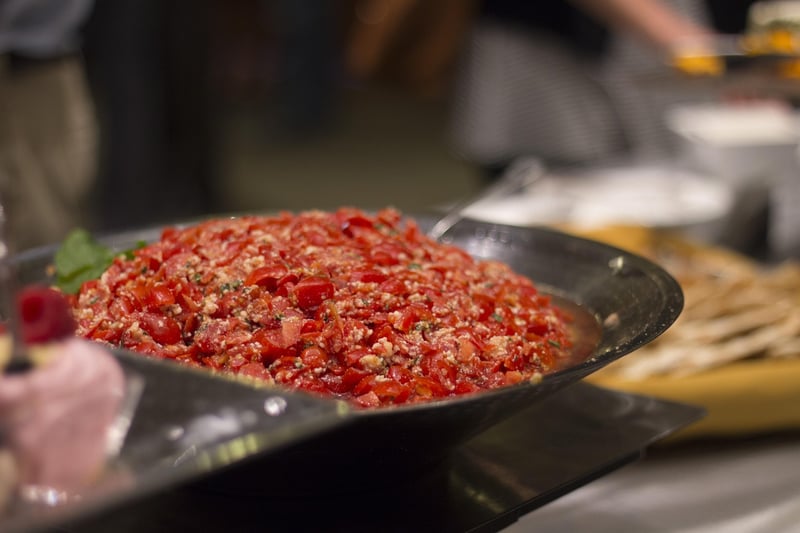Salsa
The Art of Expressive Movement in Salsa Dancing

Salsa dancing is not just about following the steps; it is a dynamic and expressive form of movement that captivates both dancers and spectators. The fusion of African and Latin dance styles has given birth to this vibrant and passionate dance form that encourages dancers to express themselves through movement.
Expressing Emotions through Dance
One of the key elements of salsa dancing is the ability to convey emotions through movement. Dancers use their bodies to express feelings of joy, passion, love, and even sadness, creating a powerful connection with the music and their partners.
The Role of Body Language
Body language plays a crucial role in salsa dancing, with dancers using their posture, gestures, and facial expressions to communicate with their partners and the audience. It is through these subtle cues that dancers can convey the mood and story of the dance, making each performance unique and engaging.
Improvisation and Creativity
While salsa dancing follows a basic structure and rhythm, there is ample room for improvisation and creativity. Dancers can add their flair to the dance, incorporating spins, dips, and styling that showcase their individuality and personality.
Connecting with Your Partner
In salsa dancing, the connection between partners is essential. Through lead and follow techniques, dancers communicate and respond to each other's movements, creating a harmonious dance partnership that enhances the overall performance.
Bringing It All Together
Expressive movement in salsa dancing is a beautiful blend of technique, emotion, and creativity. It allows dancers to connect with the music, their partners, and themselves on a deeper level, making each dance a unique and unforgettable experience.
So next time you hit the dance floor, remember to let your body speak the language of salsa and embrace the art of expressive movement!

Image sources: Pixabay - Dance Image 1, Pixabay - Dance Image 2
